Choosing an automobile is a complex decision. Performance, design, fuel efficiency, and price are vital in this process. Even the number of seats is considered.
Yet the most critical aspect often gets overlooked: safety. This oversight is especially prevalent in the Philippines, where safety features are frequently sacrificed for other attractive attributes. Even today, a number of cars on the market come equipped with only two front airbags. A mere five years ago, vehicles were being sold without any airbags at all.
In a country where road safety is often compromised due to outdated infrastructure and a lack of stringent regulations, choosing a safe vehicle becomes even more critical.
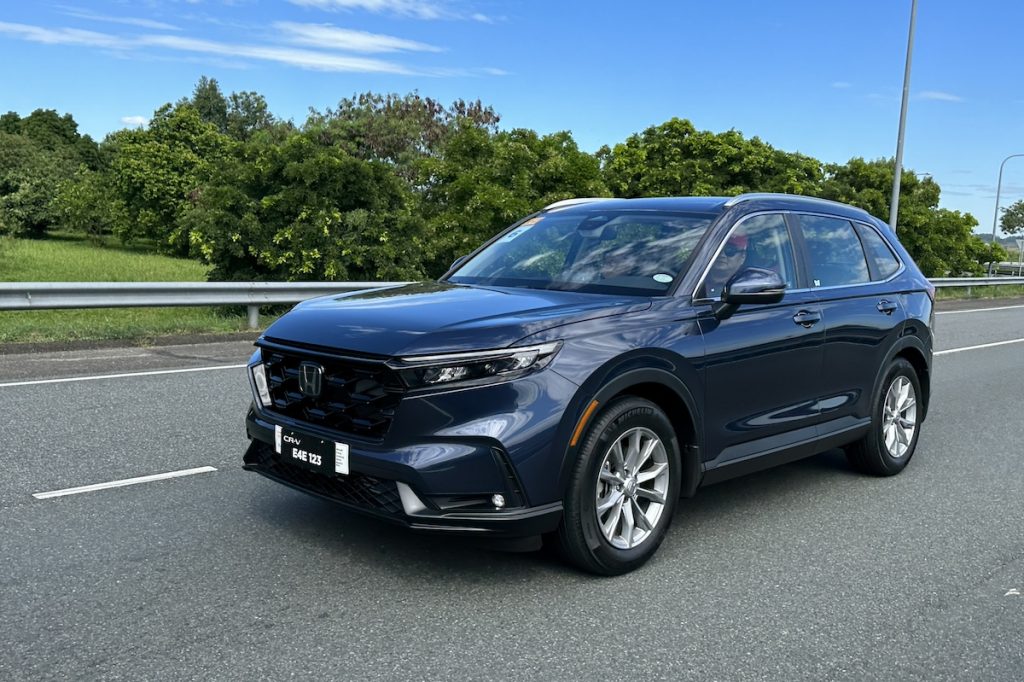
We believe in safe automobiles, and here, we explore the evolution of safety features in vehicles—from the humblest systems like seatbelts to the latest Advanced Driver Assist Systems (ADAS) that are becoming more prevalent these days. Combined with a proper driver mindset and discipline, these technologies shape a safer driving future for everyone.
The evolution of Advanced Driver Assist Systems
The journey of Advanced Driver Assist Systems (ADAS) began decades ago with the advent of basic safety features such as seatbelts, anti-lock braking systems (ABS), and electronic stability control (ESC). Over the years, these technologies have evolved significantly, paving the way for more advanced systems designed to enhance driver and passenger safety.
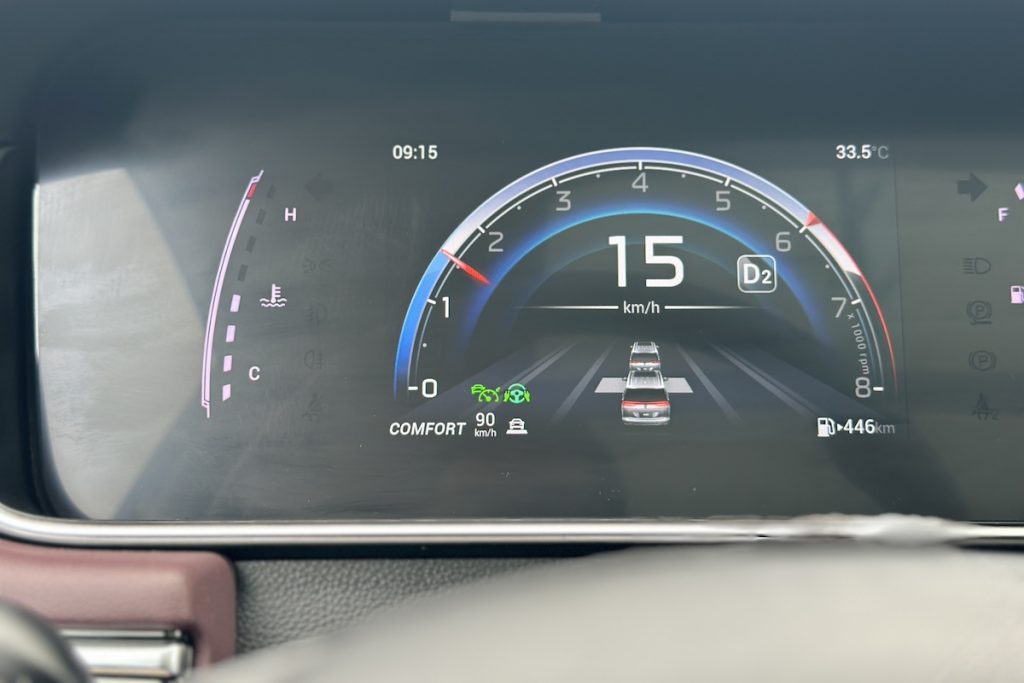
Imagine driving in the early 2000s, when the introduction of adaptive cruise control was nothing short of revolutionary. Outside the Philippines, this system used radar and sensors to maintain a safe distance from the vehicle ahead, effectively reducing the likelihood of rear-end collisions.
Since then, the development of ADAS has accelerated, with manufacturers continuously innovating to introduce new features that improve road safety.
Modern ADAS encompasses many technologies, including lane-keeping assist, automatic emergency braking, blind-spot monitoring, and pedestrian detection. These systems rely on a combination of cameras, radar, LIDAR, and sophisticated algorithms to monitor the vehicle’s surroundings and assist the driver in avoiding potential hazards.
Newer vehicles, especially those at the top of the range, offer these features. They add a premium, but you’d never know you need them until you absolutely do.
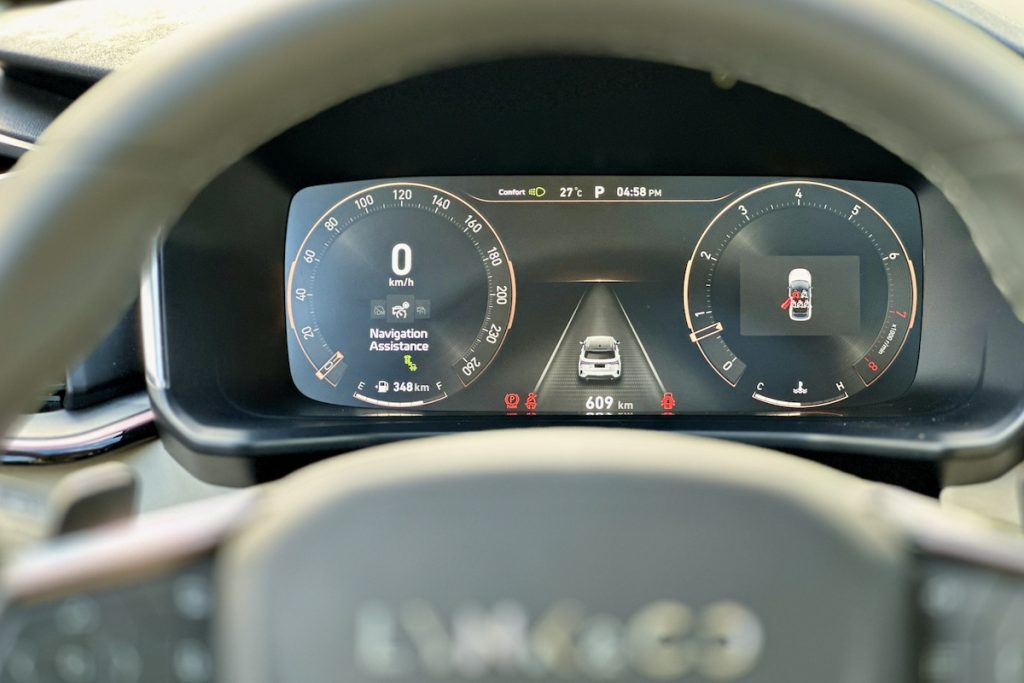
Key ADAS technologies
ADAS technologies are now a common feature in many vehicles, each offering unique benefits to enhance driving safety. However, the terminology used to describe these systems can vary significantly between manufacturers, leading to consumer confusion. For example, adaptive cruise control alone has over 40 different names, making it challenging for buyers to understand what each system does.
Here are some of the most common ADAS technologies and their various names:
- Adaptive Cruise Control (ACC) also known as Dynamic Cruise Control, Smart Cruise Control, and Intelligent Cruise Control.
- Lane Keeping Assist (LKA) also known as Lane Departure Warning, Lane Centering, and Active Lane Keeping.
- Automatic Emergency Braking (AEB) also known as Collision Mitigation Braking System, Forward Collision Warning with Automatic Braking, and Pre-Collision Assist.
- Blind Spot Monitoring (BSM) also known as Blind Spot Detection, Side Assist, and Blind Spot Information System.
Automakers’ suite of safety features
Several automakers have developed comprehensive safety suites incorporating various ADAS technologies to provide a holistic approach to vehicle safety. Among the most notable are Subaru EyeSight, Honda Sensing, and Toyota Safety Sense.
Subaru EyeSight is a suite of driver-assist technologies that includes adaptive cruise control, lane departure and sway warning, pre-collision braking, and throttle management. Subaru EyeSight uses dual color cameras mounted near the rearview mirror to monitor traffic movement, optimize cruise control, and warn drivers when they’re swaying outside their lane. All Subaru vehicles sold in the Philippines come with this feature.
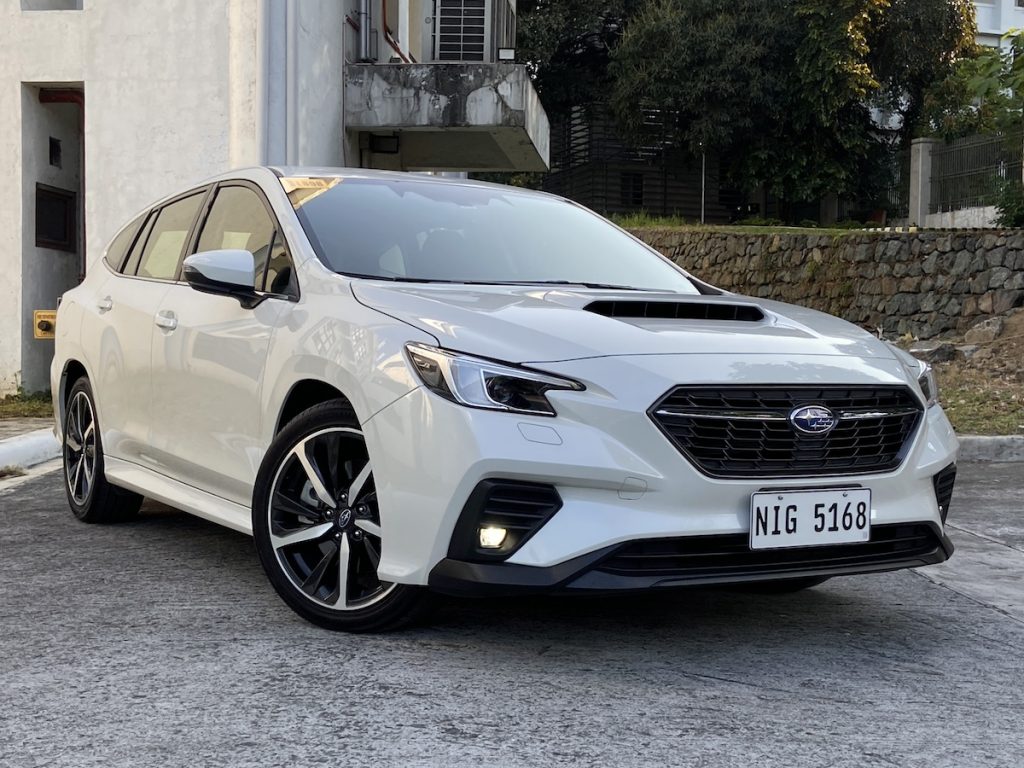
Honda Sensing offers a similar array of features, including collision mitigation braking, road departure mitigation, adaptive cruise control, and lane-keeping assist. This suite uses a combination of radar and a front-facing camera to detect and respond to potential threats on the road. Almost the entire local Honda Cars range comes with Honda Sensing.
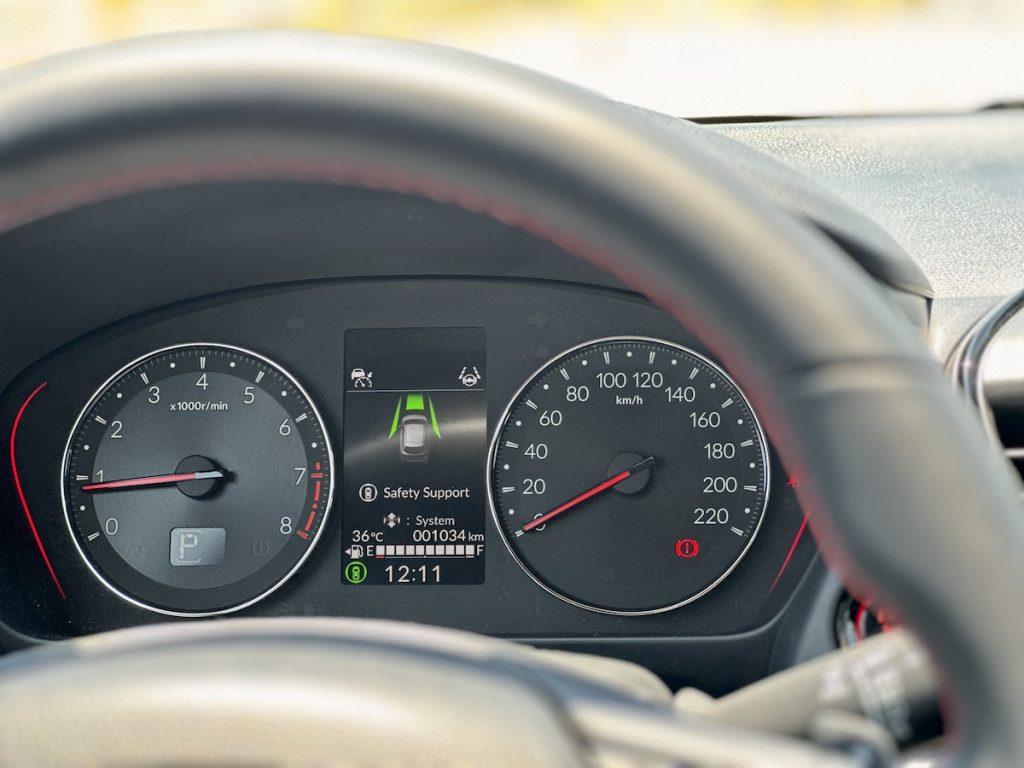
Toyota Safety Sense integrates various technologies such as a pre-collision system with pedestrian detection, lane departure alert with steering assist, automatic high beams, and dynamic radar cruise control. Toyota’s system enhances driver awareness, decision-making, and vehicle operation over various speeds. Just like Honda, almost the whole Toyota range today already has Toyota Safety Sense.
These systems represent the forefront of automotive safety technology, demonstrating how manufacturers are committed to protecting drivers, passengers, and pedestrians.
Goal of a zero-collision society
The ultimate aim of many automakers is to achieve a zero-collision society—a future where traffic accidents are eliminated. This ambitious goal drives the continuous development and refinement of ADAS technologies. By equipping vehicles with advanced safety systems, manufacturers hope to reduce the number of accidents caused by human error, which accounts for the vast majority of traffic incidents.
Think about a world where every journey is safe, where families can travel without fear, and where accidents are a thing of the past. Achieving a zero-collision society requires not only advanced technology but also widespread adoption and proper use of these systems by drivers. It also involves infrastructure improvements and regulatory support to create an environment where these technologies can be most effective.
Pros and cons of ADAS
While ADAS technologies offer numerous benefits, they are not without their drawbacks. One of the most significant advantages is the potential to reduce accidents and save lives by assisting drivers in critical situations. These systems can sometimes react faster than humans, which I experienced firsthand before, providing an additional layer of safety.
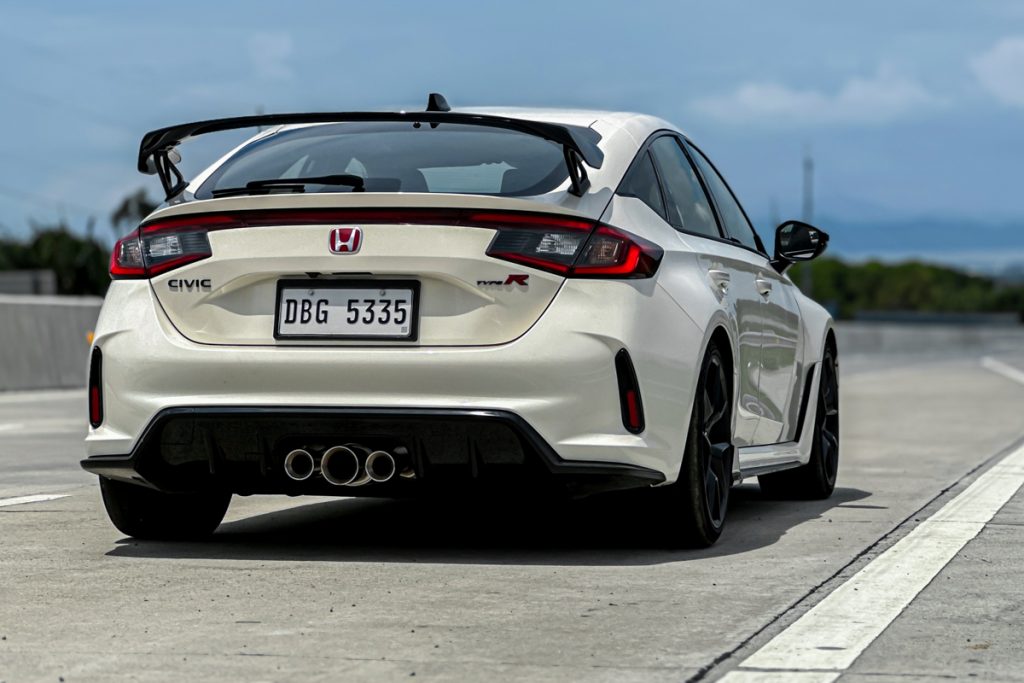
However, there are also potential downsides to consider. Over-reliance on ADAS can lead to complacency, where drivers become less attentive and rely too heavily on the technology. This complacency can negate the benefits of these systems and even create new safety hazards. Additionally, the complexity and cost of ADAS can increase the price of vehicles, making them less accessible to some consumers.
Don’t disregard safety
Safety should always be a top priority when choosing an automobile. While it may sometimes take a backseat to other features, the importance of advanced safety technologies cannot be overstated. The evolution of ADAS has brought about significant advancements in vehicle safety, and systems like Subaru EyeSight, Honda Sensing, and Toyota Safety Sense are leading the way.
As we move towards a zero-collision society, drivers must understand and properly use these technologies to maximize their benefits. Ultimately, the combination of advanced technology, responsible driving, and ongoing innovation will pave the way for a safer future on the roads.

